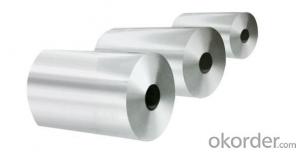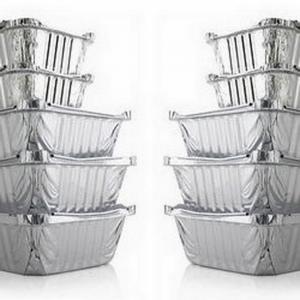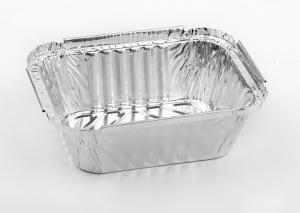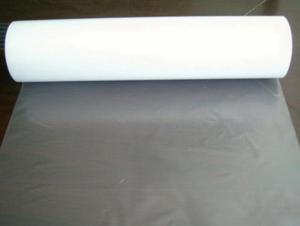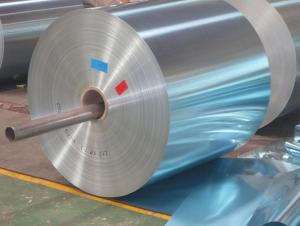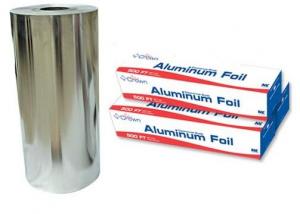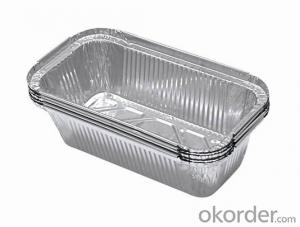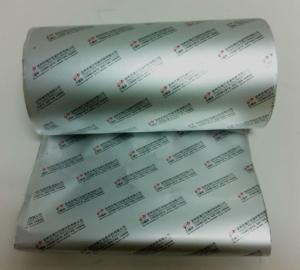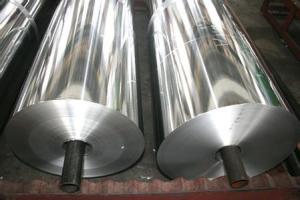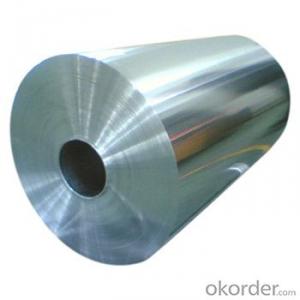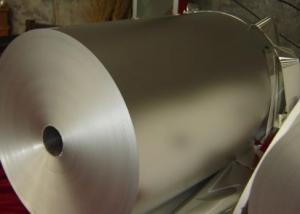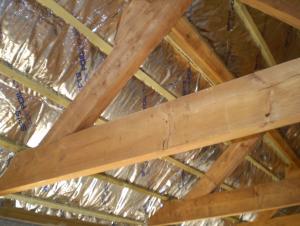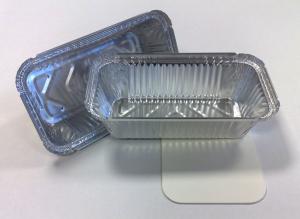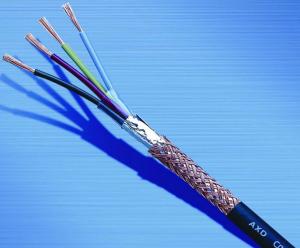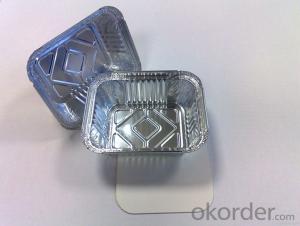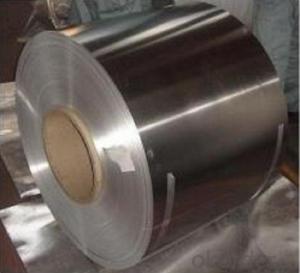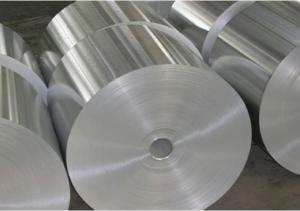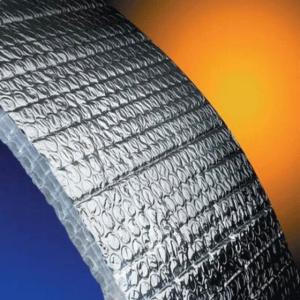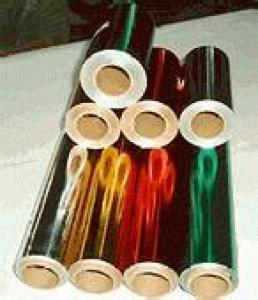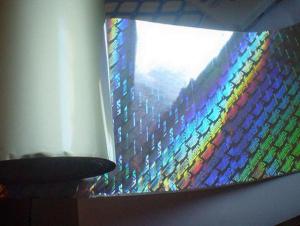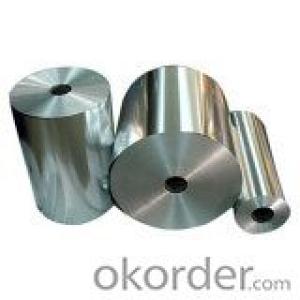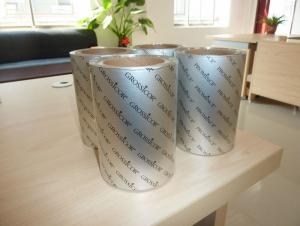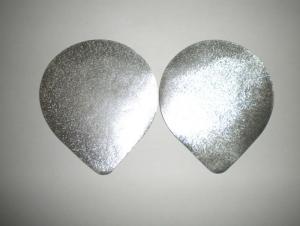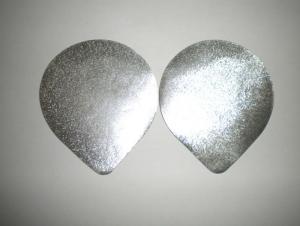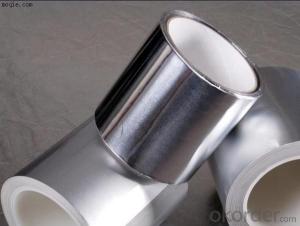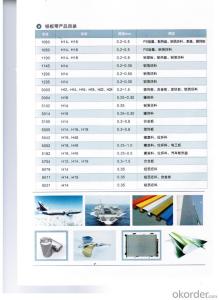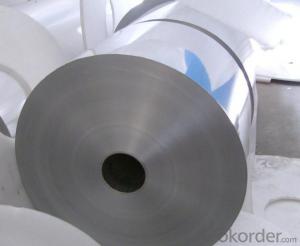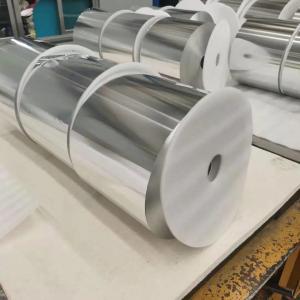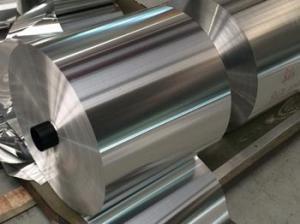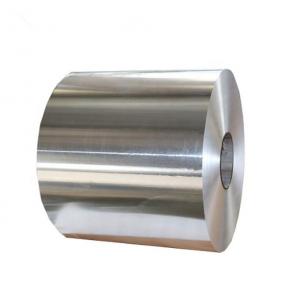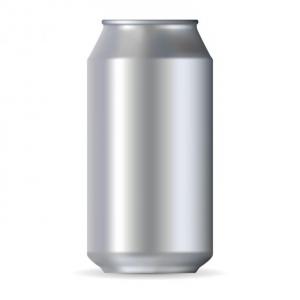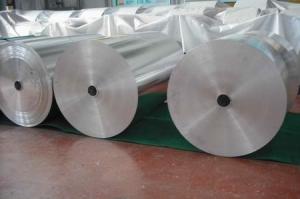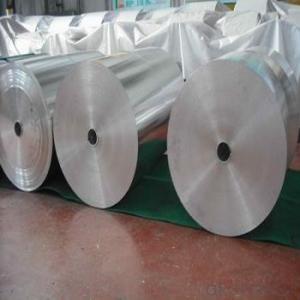Aluminum Foil Turkey
Aluminum Foil Turkey Related Searches
Turkey Aluminum Foil Aluminum Foil For Turkey Turkey In Aluminum Foil Aluminum Foil Turkey Pan Turkey Oven Aluminum Foil Roast Turkey Aluminum Foil Turkey Recipe Aluminum Foil Wrap Turkey In Aluminum Foil Cook Turkey In Aluminum Foil Aluminum Foil Pan For Turkey Aluminum Thermal Foil Aluminum Tin Foil Aluminum Foil Thick Cooking Aluminum Foil Baking Aluminum Foil Bake Aluminum Foil Food Aluminum Foil Al Aluminum Foil Steak Aluminum Foil Aluminum Titanium Foil Chicken Aluminum Foil Aluminum Tooling Foil Kitchen Aluminum Foil Butter Aluminum Foil Aluminum Foil Toilet Aluminum Foil Foam Airfryer Aluminum Foil Baking Chicken Aluminum Foil Aluminum Foil Toilet Tank Baked Fish Aluminum FoilAluminum Foil Turkey Supplier & Manufacturer from China
Aluminum Foil Turkey is a versatile product that is widely used in various industries due to its excellent properties such as heat resistance, moisture resistance, and recyclability. It is commonly utilized in food packaging, insulation, and construction, among other applications. The product is known for its durability and ability to maintain the freshness and quality of the contents it encloses, making it a popular choice for both commercial and household use.In terms of application and usage scenarios, Aluminum Foil Turkey is often employed in the food industry for wrapping and preserving food items, ensuring that they remain fresh and uncontaminated. It is also used in the pharmaceutical and cosmetic industries for packaging sensitive products that require airtight and moisture-proof containers. Additionally, it is used in construction as a form of insulation, helping to maintain temperature control and energy efficiency in buildings.
Okorder.com is a leading wholesale supplier of Aluminum Foil Turkey, boasting a large inventory that caters to the diverse needs of various industries. The company prides itself on offering high-quality products at competitive prices, ensuring that customers receive the best value for their investment. With a commitment to customer satisfaction and a focus on maintaining strong business relationships, Okorder.com is the go-to source for those seeking reliable and efficient aluminum foil supplies in Turkey.
